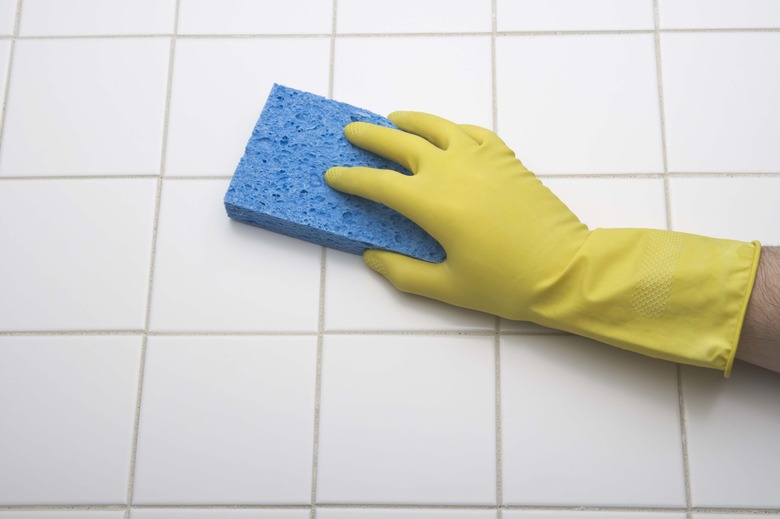How To Make Isopropyl Alcohol
Isopropyl alcohol, also known as isopropanol, is a colorless, flammable organic compound with the molecular formula C3H8O. This liquid substance has a characteristic alcohol-like odor and mixes well with most solvents, including water. Isopropyl alcohol is relatively nontoxic and is utilized for a variety of purposes, most notably as a solvent and as a cleaning agent. Although it is more utilized in the industry, most people know isopropyl alcohol as "rubbing alcohol," which is a mixture of isopropyl alcohol and water and can be found in many pharmacies and grocery stores.
Production of Isopropyl Alcohol
Production of Isopropyl Alcohol
Isopropyl alcohol is one of the most widely used solvents in the world and also has a role as a chemical intermediate. The global production capacity of isopropyl alcohol was 2,153 thousand metric tons in 2003, with around 74 percent of the global capacity concentrated in Western Europe, Japan and the United States. Isopropyl alcohol can be produced via three different methods. These are the indirect hydration of propylene, direct hydration of propylene and catalytic hydrogenation of acetone.
Indirect Hydration of Propylene
Indirect Hydration of Propylene
Propylene is an organic gas that is a byproduct of natural gas processing. Indirect hydration of propylene was the only method used to produce isopropyl alcohol worldwide up until the first commercial direct-hydration process was introduced in 1951. Indirect hydration is also called the sulfuric acid process since it requires a reaction with sulfuric acid. This is a two-step process: the reaction between propylene and sulfuric acid to produce monoisopropyl and diisopropyl sulfates, followed by a reaction with water that hydrolyzes these intermediates into isopropyl alcohol.
Direct Hydration of Propylene
Direct Hydration of Propylene
Direct hydration of propylene is a more recent manufacturing process and is only a single-step reaction. In direct hydration, solid or supported acidic catalysts are used when reacting propylene and water at high pressures, producing a mixture of isopropyl alcohol and water that can then be separated using distillation. Direct hydration is less corrosive than indirect hydration, but the direct method requires high-purity propylene in contrast to the low-quality propylene that can be used for the indirect process.
Catalytic Hydrogenation of Acetone
Catalytic Hydrogenation of Acetone
Acetone is an organic liquid that is closely related to isopropyl alcohol. The oxidation of isopropyl alcohol produces acetone, and correspondingly, the reduction of acetone via catalytic hydrogenation would generate isopropyl alcohol. Catalytic hydrogenation is accomplished by reacting acetone with hydrogen gas under high pressure and in the presence of metal catalysts, such as Raney nickel, palladium and ruthenium. Catalytic reduction of acetone for producing isopropyl alcohol is especially useful when the process is coupled to one that produces excess acetone.
Cite This Article
MLA
Suico, Joshua. "How To Make Isopropyl Alcohol" sciencing.com, https://www.sciencing.com/make-isopropyl-alcohol-5209351/. 24 April 2017.
APA
Suico, Joshua. (2017, April 24). How To Make Isopropyl Alcohol. sciencing.com. Retrieved from https://www.sciencing.com/make-isopropyl-alcohol-5209351/
Chicago
Suico, Joshua. How To Make Isopropyl Alcohol last modified March 24, 2022. https://www.sciencing.com/make-isopropyl-alcohol-5209351/
